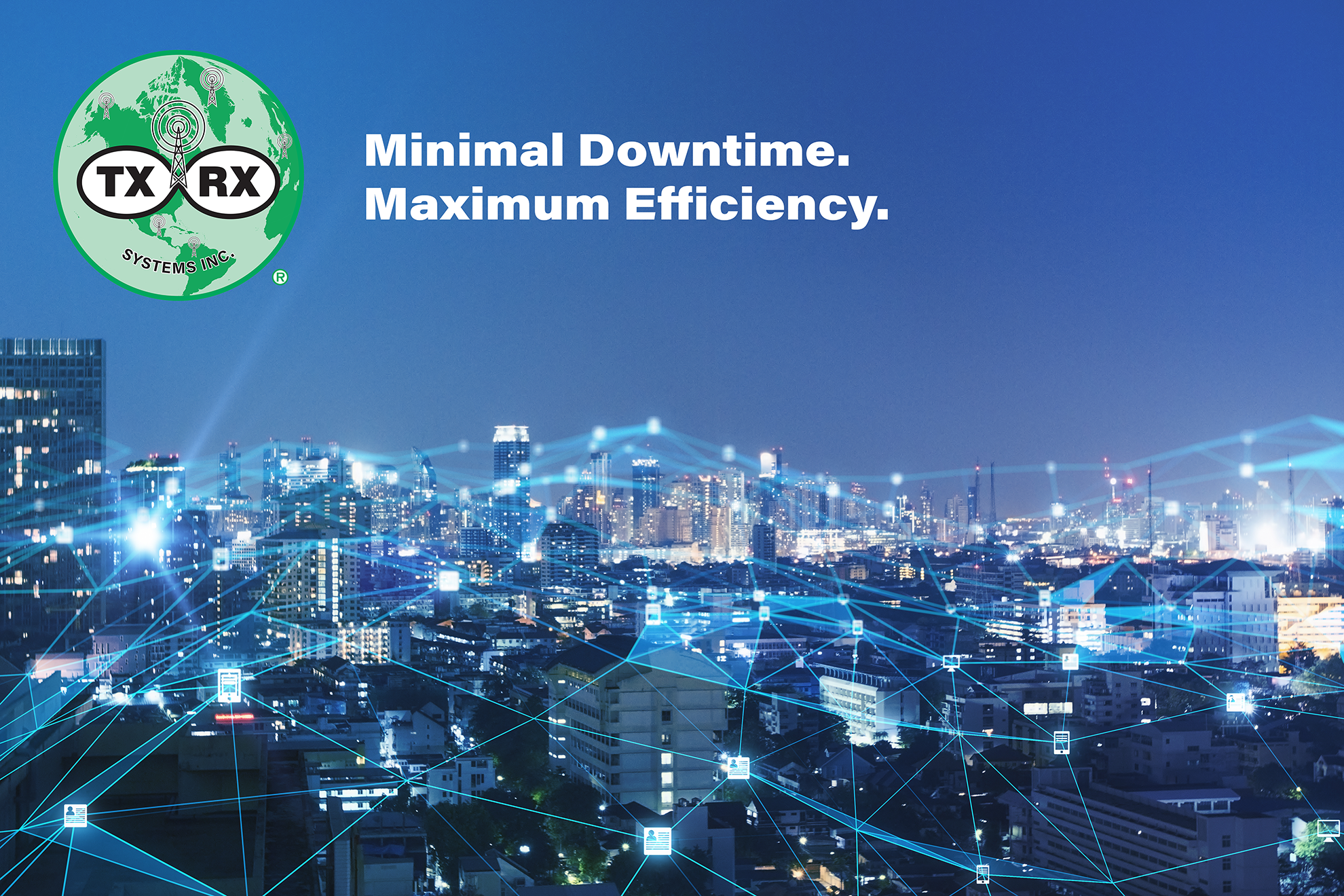Zero-Downtime Networks: Designing for Continuous Uptime in Public Safety Systems
Downtime exposes the weakest point in every public safety network and when communication fails, even briefly, coordination falters and emergency response slows. The expectation for reliability has moved beyond redundancy. Uptime is now treated as a constant condition, an operational truth that must hold under every circumstance. Designing for that level of continuity demands networks that think ahead, act independently, and recover faster than problems appear.
Designing for Continuous Uptime
Reliability is created at the blueprint stage, not in response to failure. Every cable, amplifier, and antenna must serve a defined purpose within a larger structure built for stability. A strong network behaves less like a chain and more like a woven fabric. Damage to one thread does not tear the whole.
Inside a modern public safety system, filters manage interference, amplifiers sustain signal clarity, and antennas maintain gain even under environmental strain. Each unit operates with local awareness but communicates with its surrounding components. If one section begins to drift, the rest adapt. The shift from redundancy to foresight begins here; designing with failure in mind so recovery happens before service is interrupted.
Redundancy Beyond Power
Reliable power remains the first requirement of uptime. Interruptions in the energy supply have long been one of the leading causes of network outages, yet today’s systems treat those events as part of normal operation rather than emergencies. Redundant power paths, extended backup cabinets, and high-efficiency direct current systems keep bi-directional amplifiers (BDAs) and tower-top amplifiers (TTAs) running when the grid wavers.
Modern systems do more than hold energy in reserve, they control how it moves. Inside each cabinet, power shifts toward the amplifiers that need it most. Others slow down, drawing only a fraction of their usual load until demand rises again. That balance keeps temperatures lower and components steadier under pressure. In practice, stability comes less from the size of the backup bank than from how efficiently the system shares what it already has.
The Role of Self-Healing Distributed Antenna Systems
Distributed antenna systems (DAS) are learning to manage themselves. Each node now tracks its own performance, adjusts gain, and reroutes signal when interference grows. A problem that once cascaded through the network can now stop where it starts. The principle mirrors the self-healing logic used in power distribution, where circuits reconfigure to keep electricity moving around a damaged section.
When a node senses trouble, it responds before users notice a change. Slight variations in temperature or reflection trigger automated corrections. These systems now recover faster than field technicians can reach the site. Real-time telemetry turns the entire network into a monitoring tool. Every device shares information about its condition, creating a living diagnostic map that updates as conditions shift.
This autonomy changes maintenance as well. Fewer manual inspections are needed because data replaces guesswork. Engineers can see where performance is drifting and plan targeted service visits. The network itself contributes to uptime by reducing the time between fault and correction.
Proactive Maintenance and Predictive Replacement
Maintenance used to follow a calendar. Today it follows evidence. Sensors embedded in amplifiers and power supplies record signal strength, temperature, and current draw continuously. Over time, patterns emerge that reveal which components are aging and which are still performing within tolerance.
Predictive analytics interpret these signals long before failure. Software compares live readings to historic performance curves and flags any trend that points toward decline which means that field teams can schedule replacements at convenient times instead of reacting to an outage. Each proactive step shortens the chain of downtime risk. A network that can forecast its own weak points doesn’t rely on redundancy to survive; it relies on awareness.
Cloud-Based Analytics and the Move Toward Autonomy
Visibility defines the difference between resilience and reaction. Cloud-based analytics now collect data from every amplifier, antenna, and controller into one continuous view. Power draw, gain variation, and thermal load become performance signatures. The network begins to understand its own behavior.
Machine learning expands operational awareness. As months of field data accumulate, the software begins correlating outside stressors (temperature spikes, load variance, gradual component fatigue) with signal stability and those correlations sharpen over time. In some cases, they reveal drifts that human monitoring wouldn’t catch until a full outage. The network makes small corrections on its own; power shifts slightly, gains steadies, and alarms narrow to what truly matters.
As these systems mature, communication infrastructure takes on new qualities. It no longer behaves like a set of independent machines. It functions as an environment; constantly balancing, adapting, and restoring itself while operators watch the results in real time and predictive control shortens recovery to the point that interruption feels like an outdated concept.
Toward a Zero-Downtime Future
The movement toward zero downtime represents more than a technical challenge; it’s an evolution in how reliability is defined. The goal is not to build networks that simply resist failure but to create systems that live through it and each new design integrates learning, prediction, and localized control. Together they form networks that maintain themselves, even as conditions change.
For public safety agencies, that transformation marks a shift in expectation. Communication can no longer pause for power loss, interference, or human response time. It must operate with the same persistence as the crews depending on it.
TX RX Systems continues to advance that commitment through engineering that translates reliability into measurable performance. Each amplifier, filter, and antenna embodies design principles refined through years of field experience. Our work moves past the goal of simply maintaining uptime, focusing instead on building systems where continuity can be measured, verified, and improved over time.
These networks are engineered to endure and are built to maintain performance under variable load, environmental strain, and the gradual wear that comes with years of operation. To learn how these systems are shaping the future of uninterrupted connectivity, visit TX RX Systems and examine the technologies driving continuous operation.

